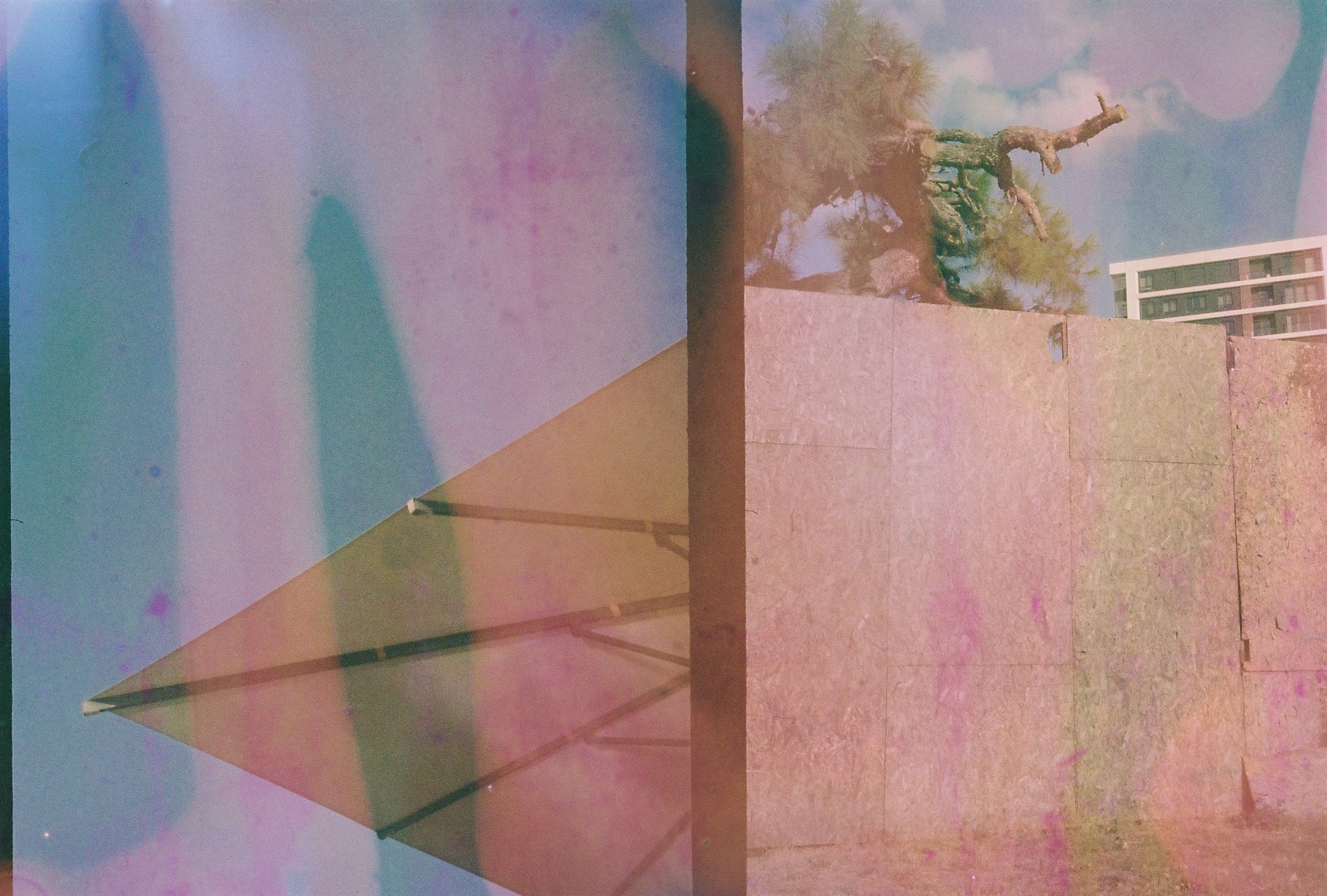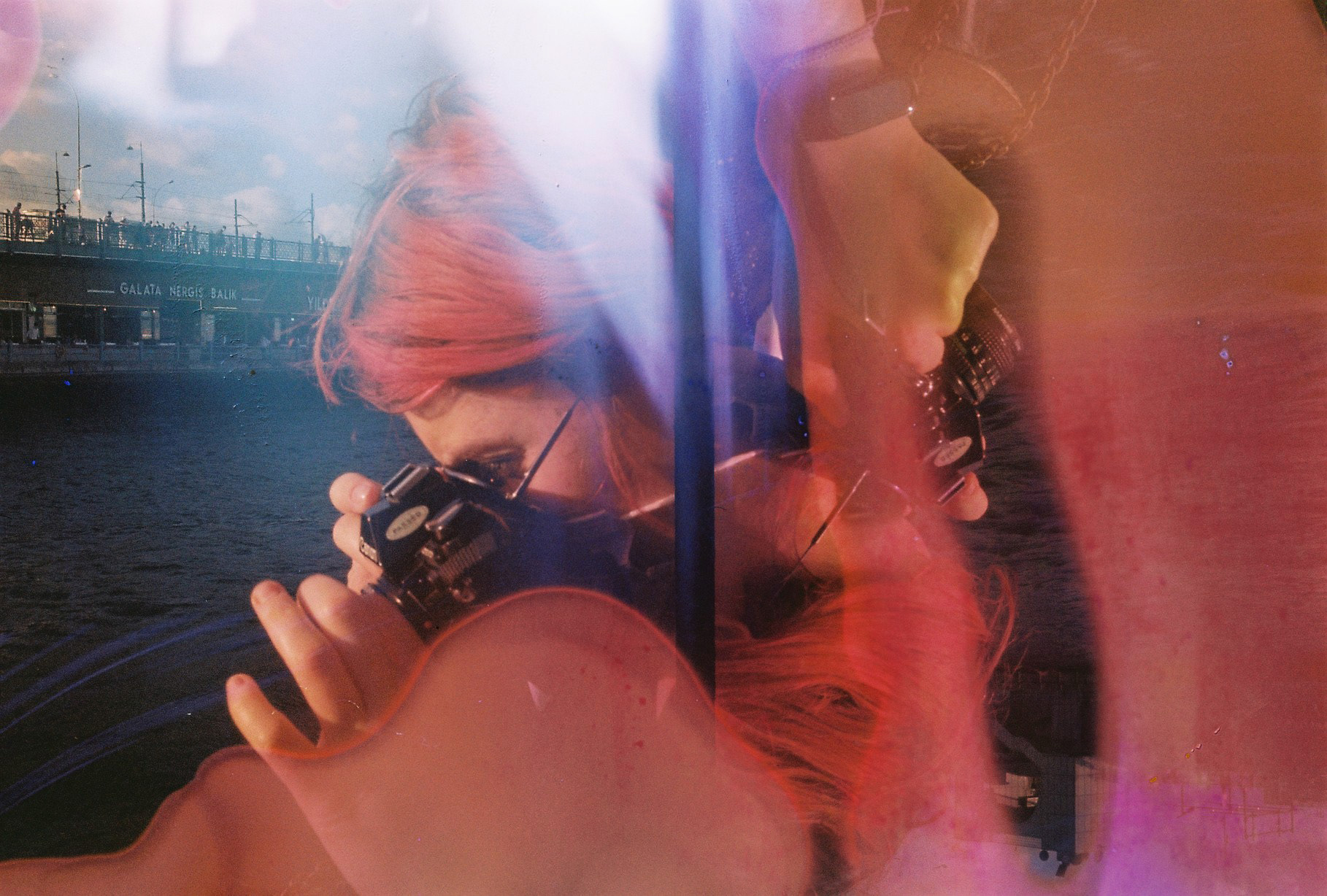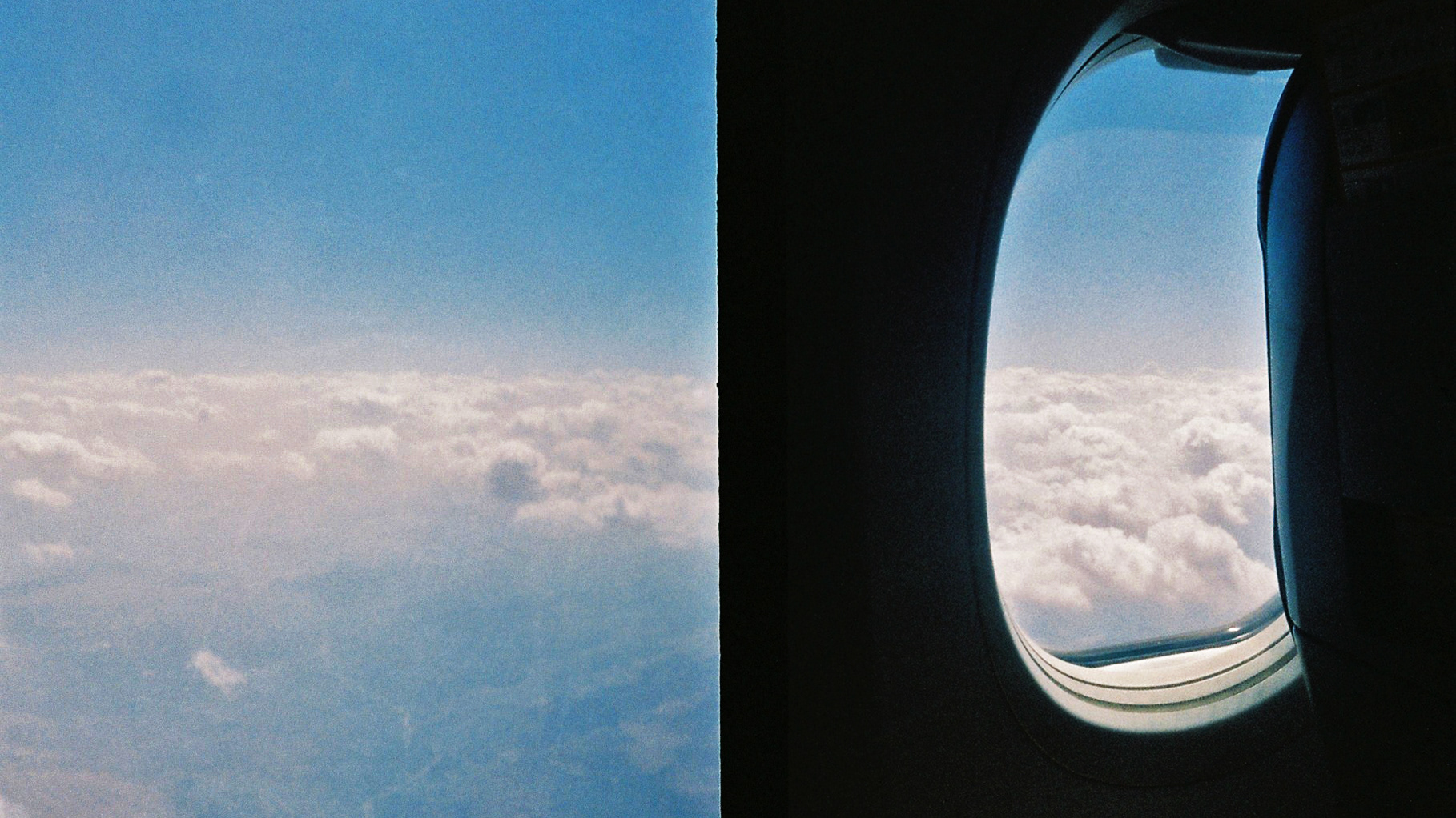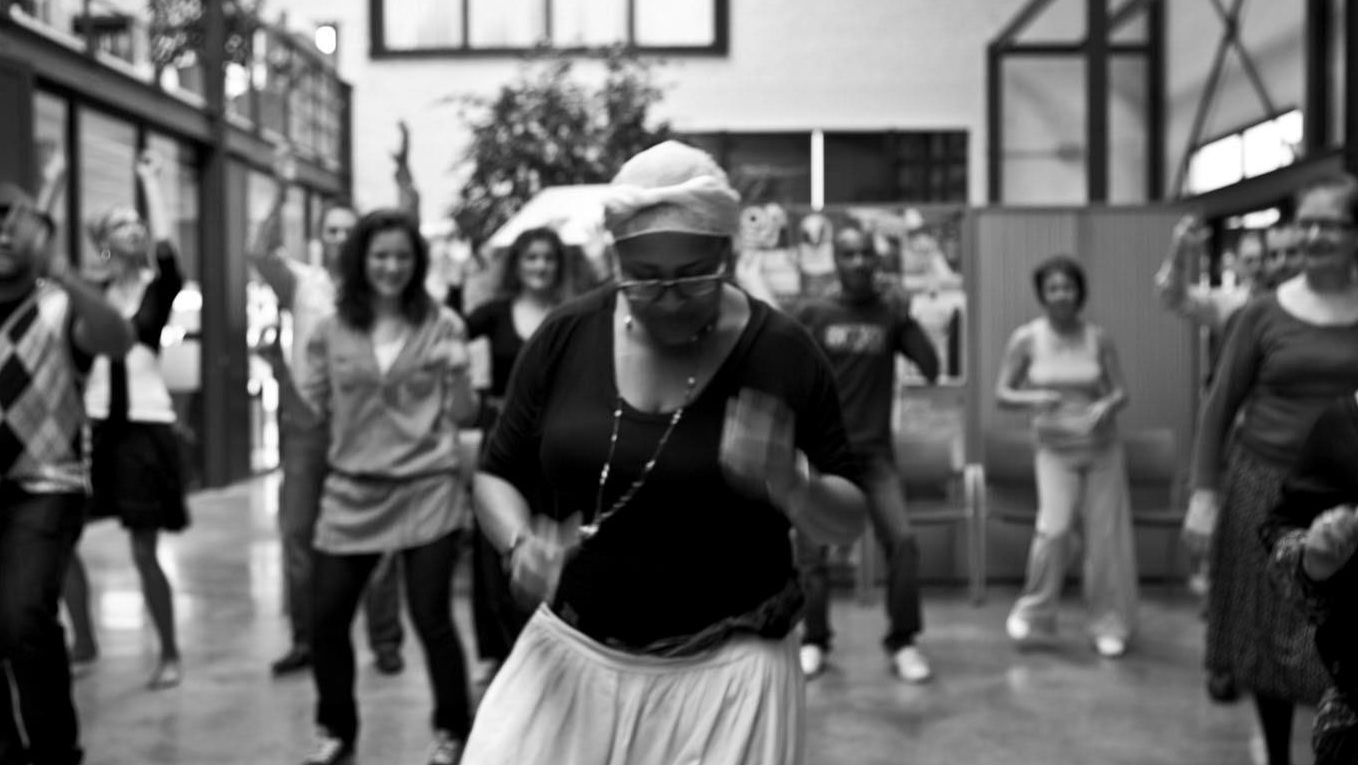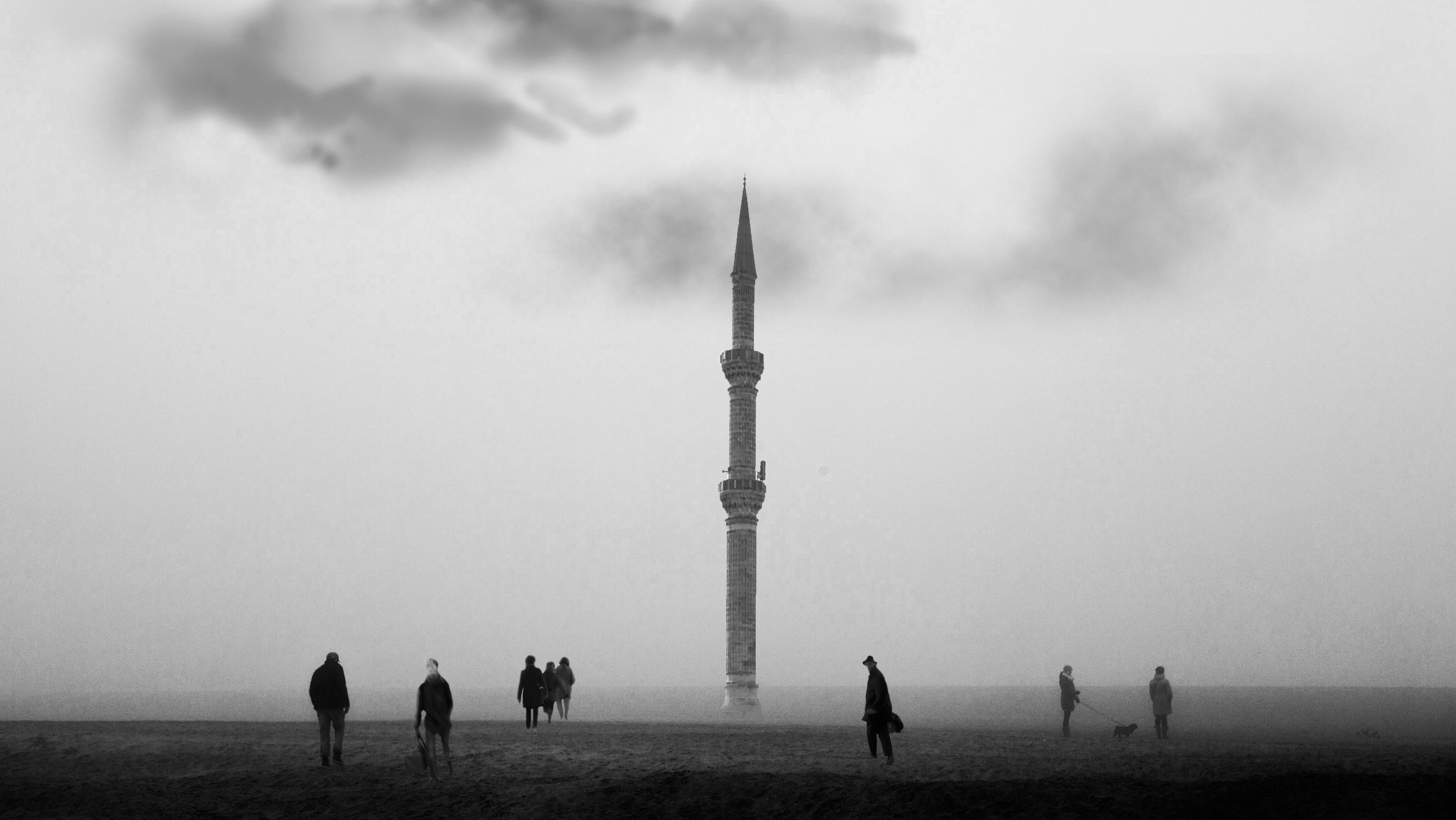Note: The following texts are describes some recipes for a photographic film development process. Please be aware that handling chemicals like dishwashing liquid can be hazardous, and it's essential to follow safety guidelines and use appropriate equipment when working with such substances.
Soup Recipe One
Ingredients:
1 Tablespoon of Dried Chamomile
1 Chicken Bouillon Tablet
2 Cups (0.47 liters) of Vinegar
1 Glass of Water
1 Tablespoon of Dried Chamomile
1 Chicken Bouillon Tablet
2 Cups (0.47 liters) of Vinegar
1 Glass of Water
Instructions:
In a container, combine the one tablespoon of dried chamomile with the chicken bouillon tablet, creating an unconventional mixture that will lend unique characteristics to your photographic art. Pour the two cups of vinegar into the container, infusing the solution with a distinct and surprising element. Carefully add one glass of water to the mixture, balancing the intensity of the ingredients and ensuring a harmonious blend. Stir the contents gently, allowing the chamomile and bouillon tablet to dissolve completely, creating a visually intriguing liquid for your photography experiment. Place the container in a well-lit area or under natural sunlight, preparing it for the photography process. For this unconventional photographic technique, immerse the film directly into the artistic mixture, ensuring it is fully submerged to interact with the unconventional soup. Allow the film to soak in the solution for a unique duration of your choosing, as the time will affect the resulting photographic art. After the desired soaking time, carefully remove the film from the mixture and let it dry in an open-air environment.
In a container, combine the one tablespoon of dried chamomile with the chicken bouillon tablet, creating an unconventional mixture that will lend unique characteristics to your photographic art. Pour the two cups of vinegar into the container, infusing the solution with a distinct and surprising element. Carefully add one glass of water to the mixture, balancing the intensity of the ingredients and ensuring a harmonious blend. Stir the contents gently, allowing the chamomile and bouillon tablet to dissolve completely, creating a visually intriguing liquid for your photography experiment. Place the container in a well-lit area or under natural sunlight, preparing it for the photography process. For this unconventional photographic technique, immerse the film directly into the artistic mixture, ensuring it is fully submerged to interact with the unconventional soup. Allow the film to soak in the solution for a unique duration of your choosing, as the time will affect the resulting photographic art. After the desired soaking time, carefully remove the film from the mixture and let it dry in an open-air environment.
Once the film is fully dried, proceed with the development process using established and safe film development techniques, unveiling the experimental and artistic photographic art created using this unconventional method.
Important Note: This recipe is purely fictional and not suitable for actual photography or film development. Combining these ingredients will not create photographic art, and in reality, it may damage the film or camera equipment. For photography, it's essential to use proper and established techniques and equipment to achieve high-quality and safe results.
Shot with
Canon AE1 Program
Canon AE1 Program
Film
Profoto 100
Profoto 100
Soup Recipe Two
Ingredients:
2 Glasses of Ethanol-ade Raki (an alcoholic beverage)
3 Drops of Isot Hot Pepper Sauce
1 Teaspoon of Dish Soap
1 Teaspoon of Purple Fabric Dye
Half a glass of Water
2 Glasses of Ethanol-ade Raki (an alcoholic beverage)
3 Drops of Isot Hot Pepper Sauce
1 Teaspoon of Dish Soap
1 Teaspoon of Purple Fabric Dye
Half a glass of Water
Instructions:
In a container, combine the two glasses of ethanol-made raki. Add three drops of isot hot pepper sauce into the container, creating a visually intriguing mixture. Incorporate one teaspoon of dish soap into the mixture, ensuring it is evenly distributed. Gently stir in one teaspoon of purple fabric dye, infusing the solution with a vibrant hue. Gradually pour half a glass of water into the container, further enhancing the intriguing blend of ingredients. Carefully immerse the film directly into the mixture, fully submerging it to interact with the artistic concoction. Allow the film to sit in the solution for 30-40 minutes, giving it time to absorb the unique characteristics of the mixture. After the designated time has passed, rinse the film thoroughly with water to remove any excess chemicals. Let the film sit for an additional 30 minutes before proceeding with the development process.
In a container, combine the two glasses of ethanol-made raki. Add three drops of isot hot pepper sauce into the container, creating a visually intriguing mixture. Incorporate one teaspoon of dish soap into the mixture, ensuring it is evenly distributed. Gently stir in one teaspoon of purple fabric dye, infusing the solution with a vibrant hue. Gradually pour half a glass of water into the container, further enhancing the intriguing blend of ingredients. Carefully immerse the film directly into the mixture, fully submerging it to interact with the artistic concoction. Allow the film to sit in the solution for 30-40 minutes, giving it time to absorb the unique characteristics of the mixture. After the designated time has passed, rinse the film thoroughly with water to remove any excess chemicals. Let the film sit for an additional 30 minutes before proceeding with the development process.
Once the waiting period is complete, the film can be developed using established and safe film development techniques, revealing the experimental and artistic photographic art created using this unconventional method.
Important Note: Again, please be reminded that this recipe is purely fictional and not suitable for actual film development. Working with alcoholic beverages, hot pepper sauce, dish soap, and fabric dye can be hazardous and may damage photographic film or create harmful fumes. If you are interested in creating photographic art, it is best to use safe and established film development processes and materials. Safety should always be a top priority when handling chemicals and working on creative projects.
Shot with
Canon AE1 Program
Canon AE1 Program
Film
Fujifilm 200 (Expired)
Fujifilm 200 (Expired)
Soup Recipe Three
Ingredients:
450ml Mountain Dew
1 Pack of Silica Gel
4 Drops of Ink
450ml Mountain Dew
1 Pack of Silica Gel
4 Drops of Ink
Instructions:
In a pot, pour the entire 450ml of Mountain Dew, ensuring it covers the base evenly. Add the entire pack of silica gel into the pot after the Mountain Dew has been poured. Gently stir the mixture over low heat, allowing the silica gel to dissolve completely. Once the silica gel has dissolved, carefully place a film into the solution, ensuring it is fully immersed. Drop four drops of ink onto the film, strategically placing them for the desired artistic effect. Continue stirring the solution gently over low heat to incorporate the ink into the mixture. Before the solution shows any signs of boiling, cover the pot and let it sit until it cools down. After cooling, remove the film from the solution and place it in cold water for 30 minutes to fix the image. Once fixed, take out the film from the water and let it dry in an open-air environment for 1 week.
In a pot, pour the entire 450ml of Mountain Dew, ensuring it covers the base evenly. Add the entire pack of silica gel into the pot after the Mountain Dew has been poured. Gently stir the mixture over low heat, allowing the silica gel to dissolve completely. Once the silica gel has dissolved, carefully place a film into the solution, ensuring it is fully immersed. Drop four drops of ink onto the film, strategically placing them for the desired artistic effect. Continue stirring the solution gently over low heat to incorporate the ink into the mixture. Before the solution shows any signs of boiling, cover the pot and let it sit until it cools down. After cooling, remove the film from the solution and place it in cold water for 30 minutes to fix the image. Once fixed, take out the film from the water and let it dry in an open-air environment for 1 week.
After one week of drying, the film is now ready for further development and processing to reveal the unique and artistic photographic art created using this unconventional method.
Important Note: Please be aware that this recipe is purely fictional and not suitable for actual film development. Mixing chemicals like silica gel, ink, and Mountain Dew can be hazardous and may damage photographic film or create harmful fumes. If you are interested in creating photographic art, it is best to use safe and established film development processes and materials.
Shot with
Olympus Pen EE-3
Olympus Pen EE-3
Film
Fujifilm 100
Fujifilm 100
Soup Recipe Four
Ingredients:
1 Glass of Lemonade
1 Glass of Inexpensive Red Wine
2 Tablespoons of Dishwashing Liquid
1 Glass of Lemonade
1 Glass of Inexpensive Red Wine
2 Tablespoons of Dishwashing Liquid
Instructions:
In a small saucepan, combine the lemonade and red wine, gently stirring them together. Place the saucepan on low heat and let the mixture simmer for 2-3 minutes while continuing to stir. Carefully add the dishwashing liquid to the simmering mixture, ensuring it is thoroughly mixed in. Once the solution is ready, immerse the photographic film into the mixture, making sure it is fully submerged. Allow the film to soak in the solution for 1-2 minutes, allowing the development process to take place. Turn off the heat and let the solution cool down completely. After cooling, remove the film from the mixture and rinse it thoroughly with cold water to remove any residual chemicals. Place the film in a container of water and let it soak for 1 hour to ensure proper fixing of the image. Remove the film from the water and allow it to dry in an open-air environment for 1 week. Once the film is fully dried, it is ready for further development and processing to reveal the captured images.
In a small saucepan, combine the lemonade and red wine, gently stirring them together. Place the saucepan on low heat and let the mixture simmer for 2-3 minutes while continuing to stir. Carefully add the dishwashing liquid to the simmering mixture, ensuring it is thoroughly mixed in. Once the solution is ready, immerse the photographic film into the mixture, making sure it is fully submerged. Allow the film to soak in the solution for 1-2 minutes, allowing the development process to take place. Turn off the heat and let the solution cool down completely. After cooling, remove the film from the mixture and rinse it thoroughly with cold water to remove any residual chemicals. Place the film in a container of water and let it soak for 1 hour to ensure proper fixing of the image. Remove the film from the water and allow it to dry in an open-air environment for 1 week. Once the film is fully dried, it is ready for further development and processing to reveal the captured images.
Safety Precautions: Please exercise caution when handling chemicals and follow safety guidelines to protect yourself and others. Ensure proper ventilation when working with dishwashing liquid and other chemicals. If you are not familiar with film development processes, consider seeking guidance from a professional or experienced individual in this field.
Shot with
Canon AE1 Program
Canon AE1 Program
Film
Kodak Omega
35mm Cinema Film
Kodak Omega
35mm Cinema Film
Soup Recipe Five
Ingredients:
2 Spoons of Granulated Coffee
2 Spoons of Lemon Juice
1 glass of Coke
1 Cup of Hot Water
2 Spoons of Granulated Coffee
2 Spoons of Lemon Juice
1 glass of Coke
1 Cup of Hot Water
Instructions:
In a glass of hot water, dissolve the two spoons of granulated coffee, creating a rich and aromatic mixture. In a saucepan, combine the dissolved coffee with the glass of Coke, blending the two unexpected elements together. Stir the coffee and Coke mixture over low heat for a short while, allowing the flavors to combine and create a visually intriguing liquid for your photographic art. Add two spoons of lemon juice to the mixture, bringing a tangy twist to the concoction, and then carefully immerse the film into the artistic liquid. Continue stirring the solution with the film for 2-3 minutes, allowing it to interact with the unconventional mixture, unveiling its unique characteristics on the film. Remove the saucepan from the heat immediately and let the solution cool down. Once cooled, thoroughly wash the film to remove any excess coffee, Coke, and lemon juice. Submerge the film in water for 1 hour, allowing it to set and prepare for further development. After the hour is up, take out the film from the water and let it dry in an open-air environment for 1 week, fostering the creation of the experimental and artistic photographic art using this unconventional method.
In a glass of hot water, dissolve the two spoons of granulated coffee, creating a rich and aromatic mixture. In a saucepan, combine the dissolved coffee with the glass of Coke, blending the two unexpected elements together. Stir the coffee and Coke mixture over low heat for a short while, allowing the flavors to combine and create a visually intriguing liquid for your photographic art. Add two spoons of lemon juice to the mixture, bringing a tangy twist to the concoction, and then carefully immerse the film into the artistic liquid. Continue stirring the solution with the film for 2-3 minutes, allowing it to interact with the unconventional mixture, unveiling its unique characteristics on the film. Remove the saucepan from the heat immediately and let the solution cool down. Once cooled, thoroughly wash the film to remove any excess coffee, Coke, and lemon juice. Submerge the film in water for 1 hour, allowing it to set and prepare for further development. After the hour is up, take out the film from the water and let it dry in an open-air environment for 1 week, fostering the creation of the experimental and artistic photographic art using this unconventional method.
Once the film is fully dried, proceed with the development process using established and safe film development techniques, revealing the captivating results of your experimental photographic art.
Important Note: This recipe is purely fictional and not suitable for actual photography or film development. Combining these ingredients will not create photographic art, and in reality, it may damage the film or camera equipment. For photography, it's essential to use proper and established techniques and equipment to achieve high-quality and safe results. Safety should always be a top priority when handling chemicals and working on creative projects.
Shot with
Canon AE1 Program
Canon AE1 Program
Film
Kodak Portra 400
Kodak Portra 400
Soup Recipe Six
Ingredients:
1 Can of Beer with lemon
1 Sachet of Green Tea Pineapple – Açai
1 Teaspoon Sea salt
1 Can of Beer with lemon
1 Sachet of Green Tea Pineapple – Açai
1 Teaspoon Sea salt
Instructions:
Begin by adding 1 teaspoon of sea salt to half a can of beer, creating an unexpected mixture that will play a role in your photographic artistry. Gently heat the beer and sea salt mixture, allowing the flavors to meld together slightly without bringing it to a boil. Once heated, let the mixture cool to a suitable temperature before proceeding. Meanwhile, steep the green tea pineapple – açai sachet in the beer mixture, allowing the unique infusion to take place. Carefully remove the sachet from the mixture after the green tea has brewed, ensuring its distinct flavors are fully incorporated. Seal the bottom of the mixture and introduce the film, submerging it to interact with the unconventional concoction. Stir the mixture occasionally, maintaining the balance of ingredients and promoting the creation of striking visual effects on the film. Allow the film to sit in the solution until it cools down, providing ample time for the flavors to merge and the artistic interaction to occur. After the cooling period, wash the film thoroughly in cold water, removing any residual elements from the mixture. Immerse the film in water and allow it to soak for a designated period, fostering the development of your photographic creation.
Begin by adding 1 teaspoon of sea salt to half a can of beer, creating an unexpected mixture that will play a role in your photographic artistry. Gently heat the beer and sea salt mixture, allowing the flavors to meld together slightly without bringing it to a boil. Once heated, let the mixture cool to a suitable temperature before proceeding. Meanwhile, steep the green tea pineapple – açai sachet in the beer mixture, allowing the unique infusion to take place. Carefully remove the sachet from the mixture after the green tea has brewed, ensuring its distinct flavors are fully incorporated. Seal the bottom of the mixture and introduce the film, submerging it to interact with the unconventional concoction. Stir the mixture occasionally, maintaining the balance of ingredients and promoting the creation of striking visual effects on the film. Allow the film to sit in the solution until it cools down, providing ample time for the flavors to merge and the artistic interaction to occur. After the cooling period, wash the film thoroughly in cold water, removing any residual elements from the mixture. Immerse the film in water and allow it to soak for a designated period, fostering the development of your photographic creation.
Subsequently, let the film dry in an open-air environment for a span of 1 week, ensuring the complete formation of the artistic results.
Important Note: This recipe is purely experimental and not suitable for normal photography or film development. Combining these ingredients will not create photographic art, and in reality, it may damage the film or camera equipment. For photography, it's essential to use proper and established techniques and equipment to achieve high-quality and safe results. Safety should always be a top priority when handling chemicals and working on creative projects.
Shot with
Olympus Pen EE-3
Olympus Pen EE-3
Film
Centurai 200
Centurai 200
